Which Is A Possible Negative Result Of Using Renewable Resources

Imagine standing atop a wind-swept hill, watching the graceful ballet of wind turbines against a fiery sunset. It feels like the future, a clean, green promise whispered on the breeze. But like any complex equation, the shift to renewable energy isn't without its potential downsides.
While renewable resources like solar, wind, and hydropower offer a pathway to a sustainable future, their widespread adoption isn't devoid of potential negative consequences. This article explores the less discussed aspects of this energy transition, examining the environmental, social, and economic challenges that may arise as we embrace a greener world.
The Allure and Imperative of Renewables
For decades, the specter of climate change, fueled by our reliance on fossil fuels, has loomed large. The burning of coal, oil, and gas releases greenhouse gases, trapping heat and disrupting the Earth's delicate climate balance.
Renewable energy sources offer a crucial alternative, harnessing naturally replenishing resources like sunlight, wind, and water. They promise a cleaner, more sustainable energy future, reducing our carbon footprint and mitigating the worst effects of climate change.
The transition to renewables is not just an environmental imperative; it's also an economic opportunity. Investing in renewable energy infrastructure creates jobs, stimulates innovation, and reduces our dependence on volatile global fossil fuel markets.
The Shadows of Sustainability: Potential Drawbacks
Despite the undeniable benefits, a rush toward renewable energy can have unintended consequences. These challenges, while not insurmountable, deserve careful consideration and proactive mitigation strategies.
Environmental Impacts: A Double-Edged Sword
While renewables are far cleaner than fossil fuels, they still leave an environmental footprint. Solar farms, for example, require vast tracts of land, potentially displacing wildlife habitats and altering ecosystems.
The manufacturing of solar panels also involves the use of materials like silicon, cadmium telluride, and rare earth elements, the extraction and processing of which can have environmental impacts, including water pollution and habitat destruction.
Wind turbines, while elegant in design, can pose a threat to birds and bats, particularly migratory species. Careful site selection and mitigation measures are essential to minimize these impacts.
Hydropower, a long-established renewable energy source, also has its share of environmental concerns. Dams can disrupt river ecosystems, altering water flow, fragmenting habitats, and impacting fish populations.
Social and Economic Considerations: A Just Transition
The shift to renewable energy can also have social and economic ramifications. As fossil fuel industries decline, workers in coal mines and oil refineries may face job losses. A just transition requires retraining and support for these workers to ensure they can participate in the new green economy.
The cost of renewable energy technologies can also be a barrier to adoption, particularly in developing countries. Ensuring equitable access to affordable renewable energy is crucial to avoiding exacerbating existing inequalities.
Furthermore, the development of large-scale renewable energy projects can sometimes lead to conflicts with local communities. Addressing concerns about land rights, visual impacts, and noise pollution is essential for building public support for renewable energy projects.
Resource Depletion and Waste Management: Closing the Loop
While renewable energy sources themselves are naturally replenishing, the technologies that harness them rely on finite resources. The demand for materials like lithium, cobalt, and nickel, used in batteries for energy storage, is rapidly increasing.
Sustainable mining practices and the development of battery recycling technologies are crucial to mitigating the environmental and social impacts of resource extraction.
Furthermore, the lifespan of renewable energy technologies is not infinite. Solar panels and wind turbines eventually reach the end of their useful life, creating a growing stream of waste. Developing effective recycling and disposal methods for these materials is essential to avoid creating new environmental problems.
Navigating the Complexities: A Path Forward
Addressing the potential negative consequences of renewable energy requires a multifaceted approach. This includes technological innovation, policy interventions, and community engagement.
Investing in research and development is crucial for improving the efficiency, durability, and recyclability of renewable energy technologies. This includes exploring new materials, developing advanced manufacturing processes, and designing for end-of-life reuse.
Governments play a critical role in setting clear environmental standards, providing incentives for sustainable practices, and investing in infrastructure to support the growth of renewable energy. Policies such as carbon pricing and renewable energy mandates can help accelerate the transition to a cleaner energy system.
Community engagement is also essential for ensuring that renewable energy projects are developed in a responsible and equitable manner. Engaging with local communities early in the planning process can help address concerns, build trust, and ensure that projects benefit local residents.
A Realistic Optimism: Embracing the Challenge
The transition to renewable energy is a complex and challenging undertaking. It requires a realistic assessment of the potential drawbacks and a commitment to mitigating those risks.
However, the potential benefits of a cleaner, more sustainable energy future are immense. By embracing innovation, adopting responsible policies, and engaging with communities, we can harness the power of renewable resources to create a brighter future for all.
As we stand on the cusp of a new energy era, let us not be blinded by the allure of clean energy. Instead, let us approach this transition with open eyes, addressing the challenges head-on and ensuring that the path to sustainability is truly sustainable in all its facets.



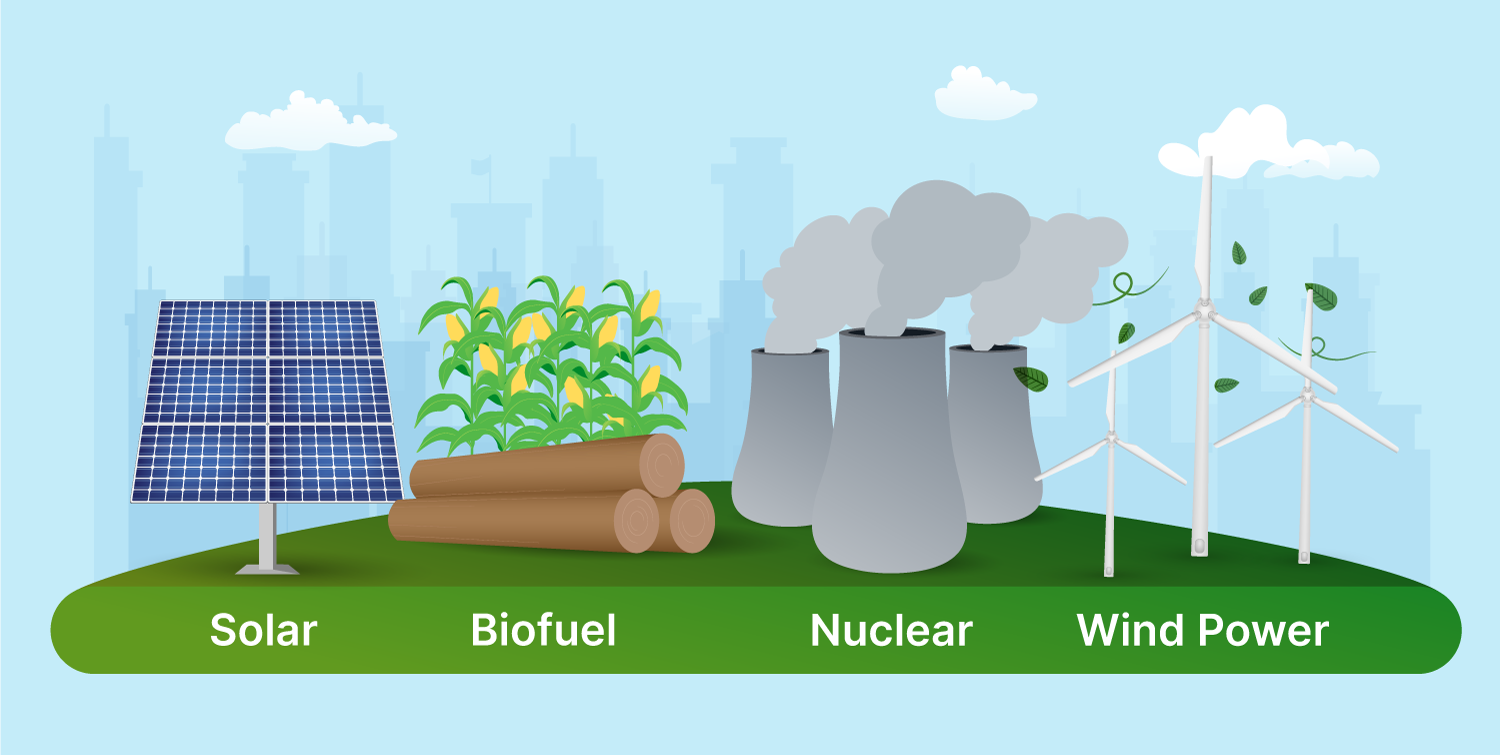

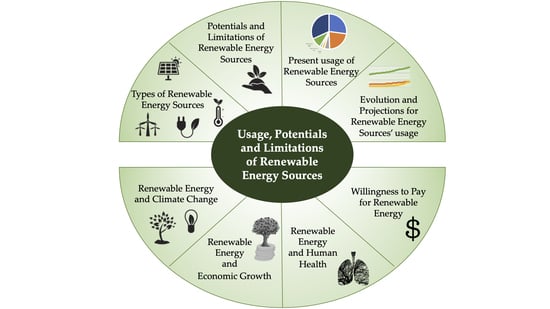

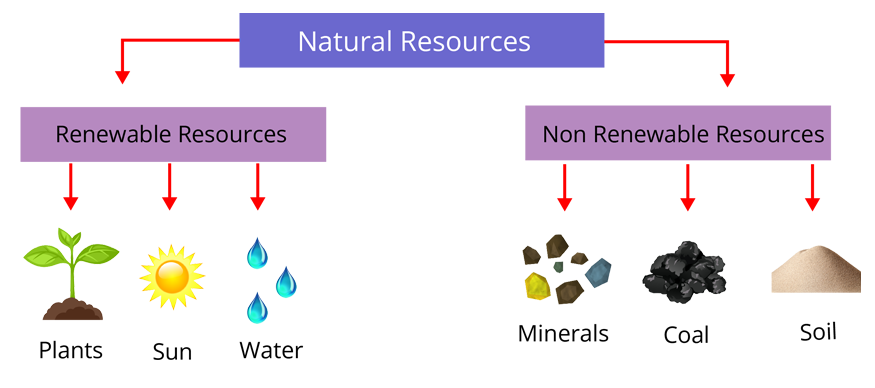
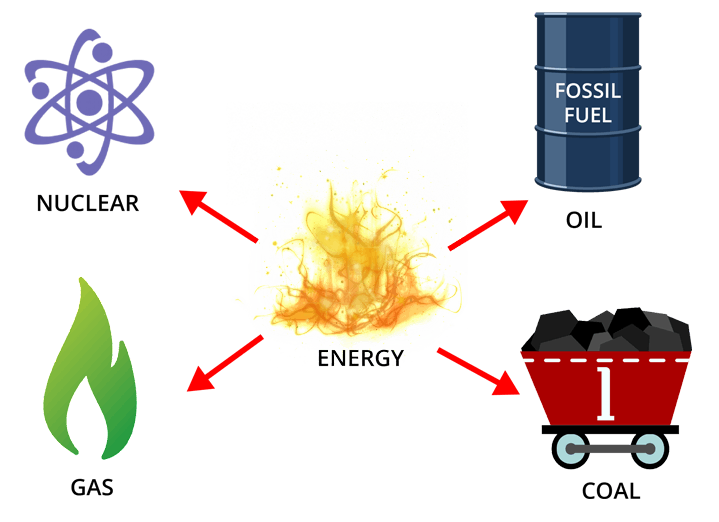

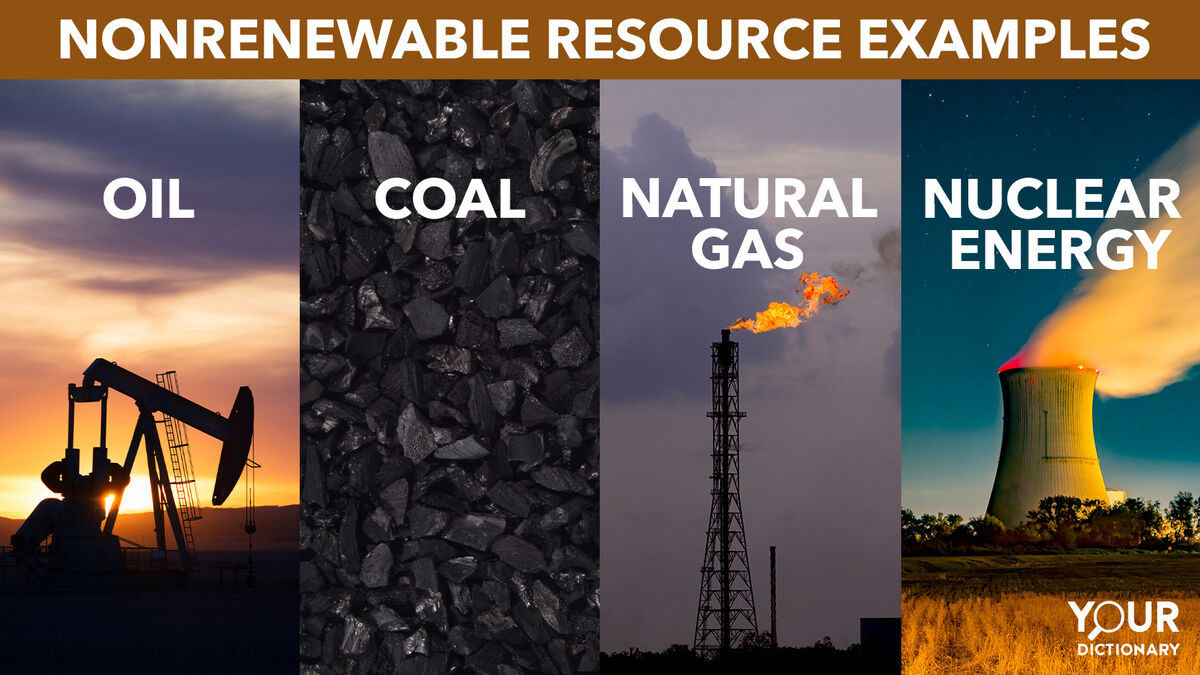
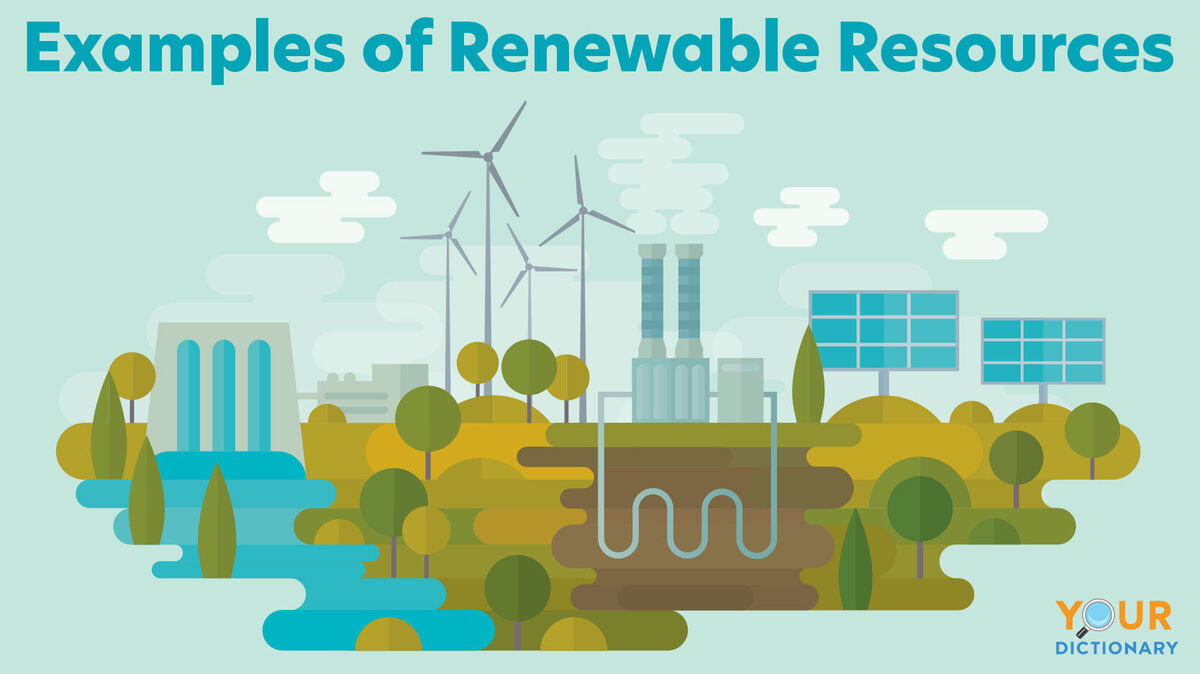


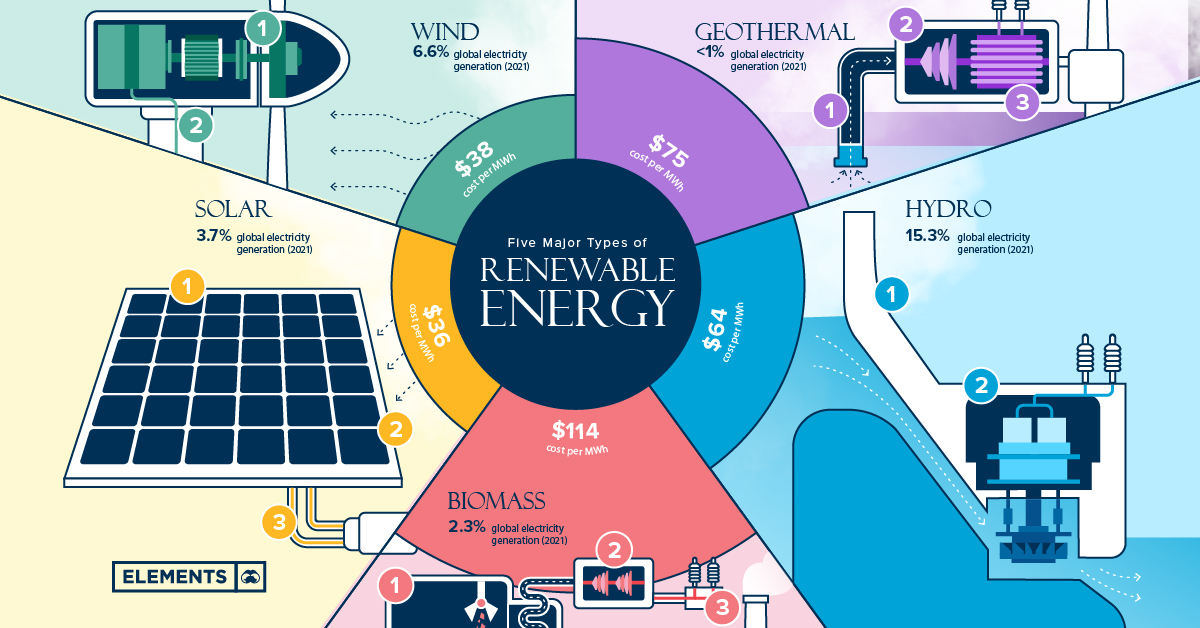
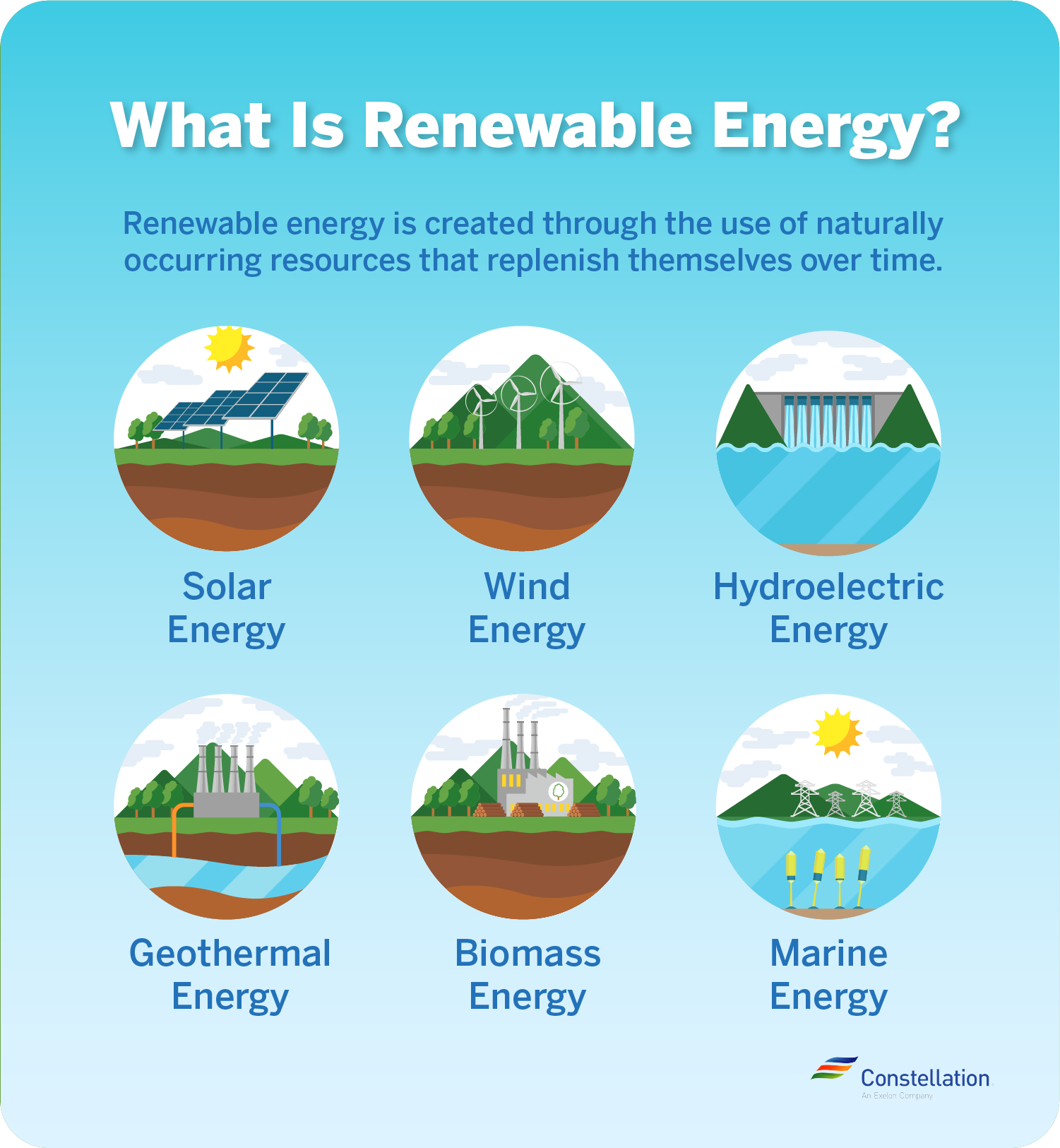

![Which Is A Possible Negative Result Of Using Renewable Resources [Class 10] Suggest any two ways to conserve energy resources in India.](https://d1avenlh0i1xmr.cloudfront.net/large/8dbb65ca-4775-4bd3-ad88-75eab85b9e8e/ways-to-conserve-energy-resource---teachoo.jpg)
